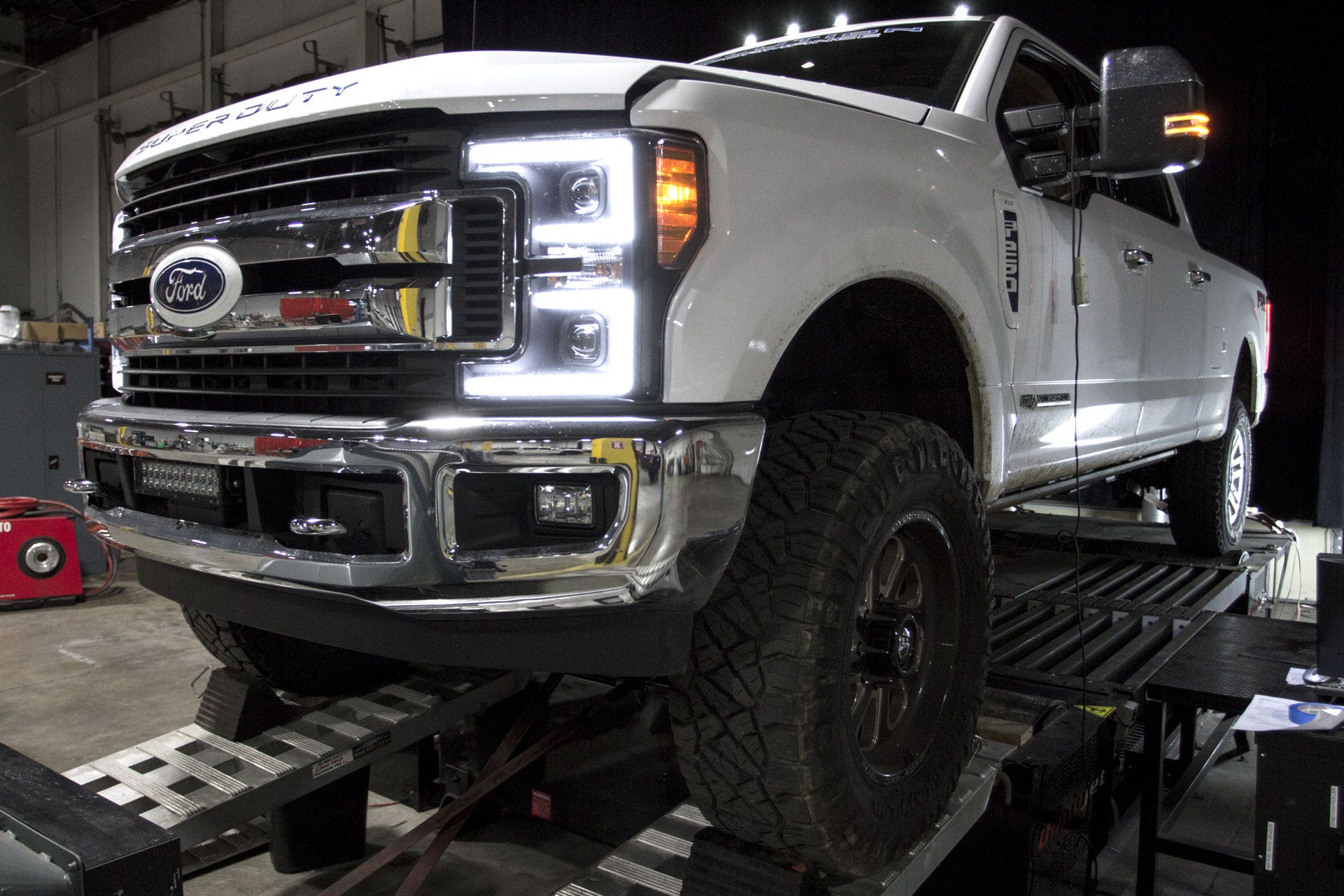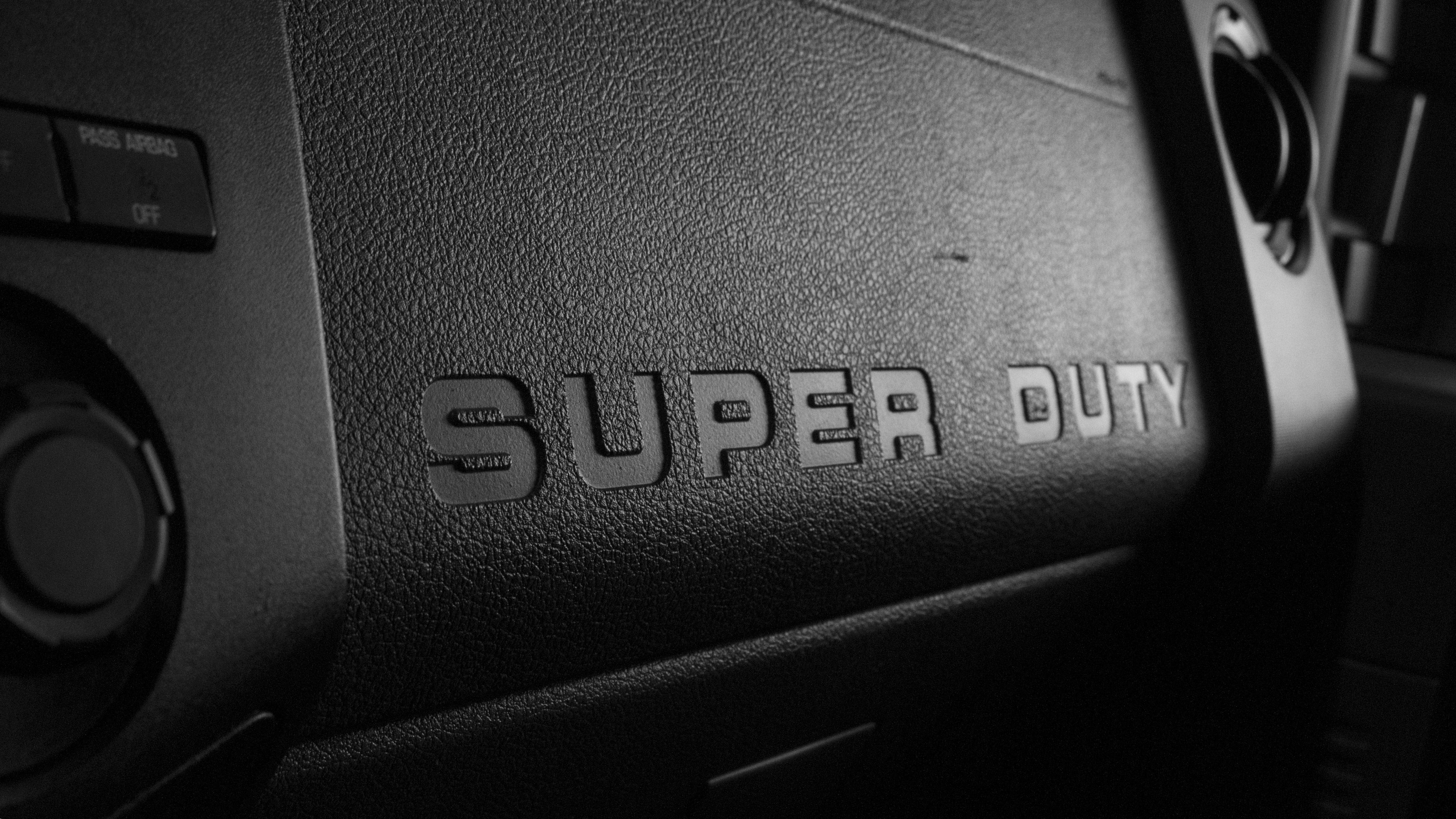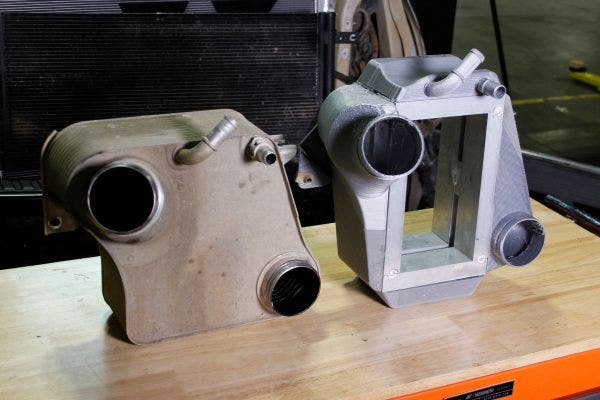Power feels different for everybody. For some, it's the feel of freshly printed money. For others, power feels like the blinding camera flashes of paparazzi. But for many automotive enthusiasts, true power is the shove you feel in your back as you push your right foot to the floor.
The enthusiast's quest for power can be never ending (just ask the participants of TX2K) and Mishimoto has been working on an air-to-water intercooler for the 2011-2016 Ford 6.7L Powerstroke to aid in that journey. We've looked at the stock 6.7L intercooler's faults in depth and followed the development of our stronger, higher-flowing replacement; now it's time to put it to the test on the dyno.











